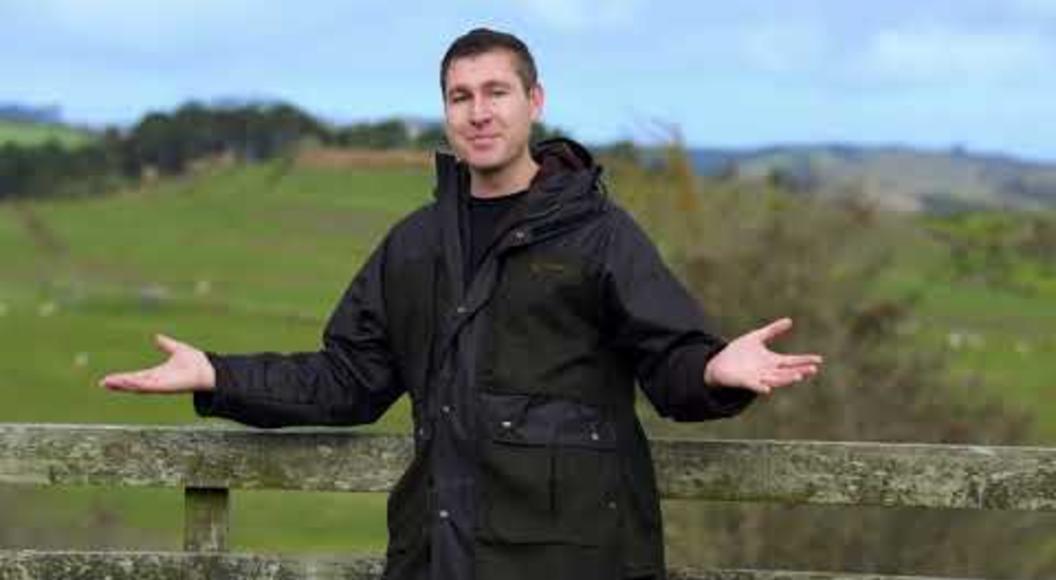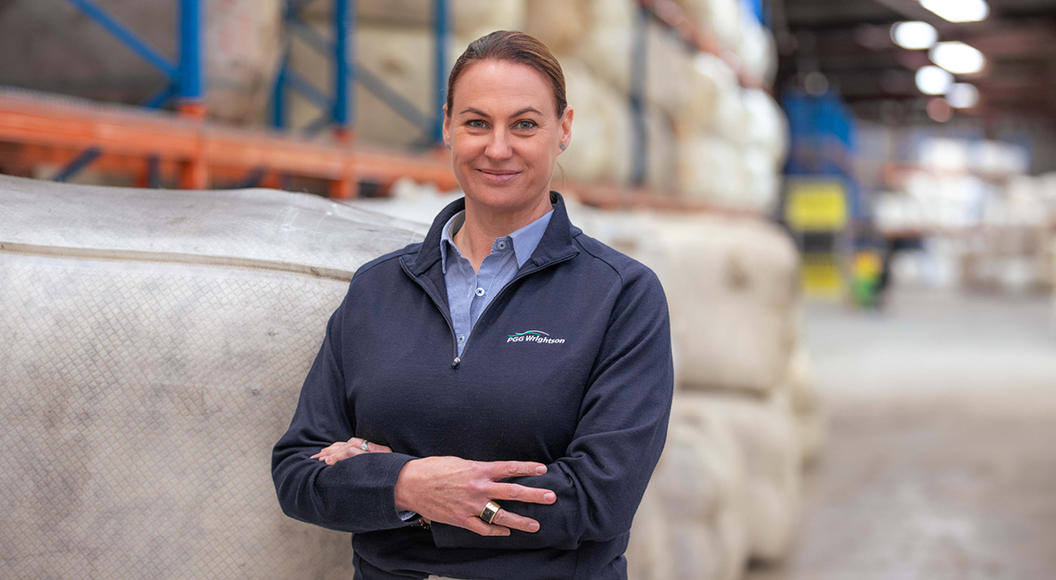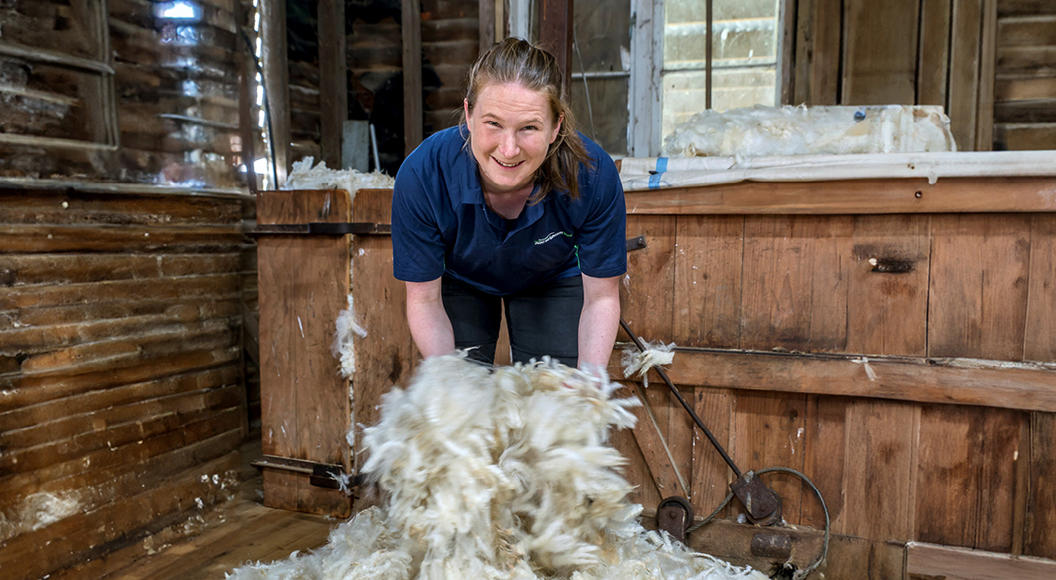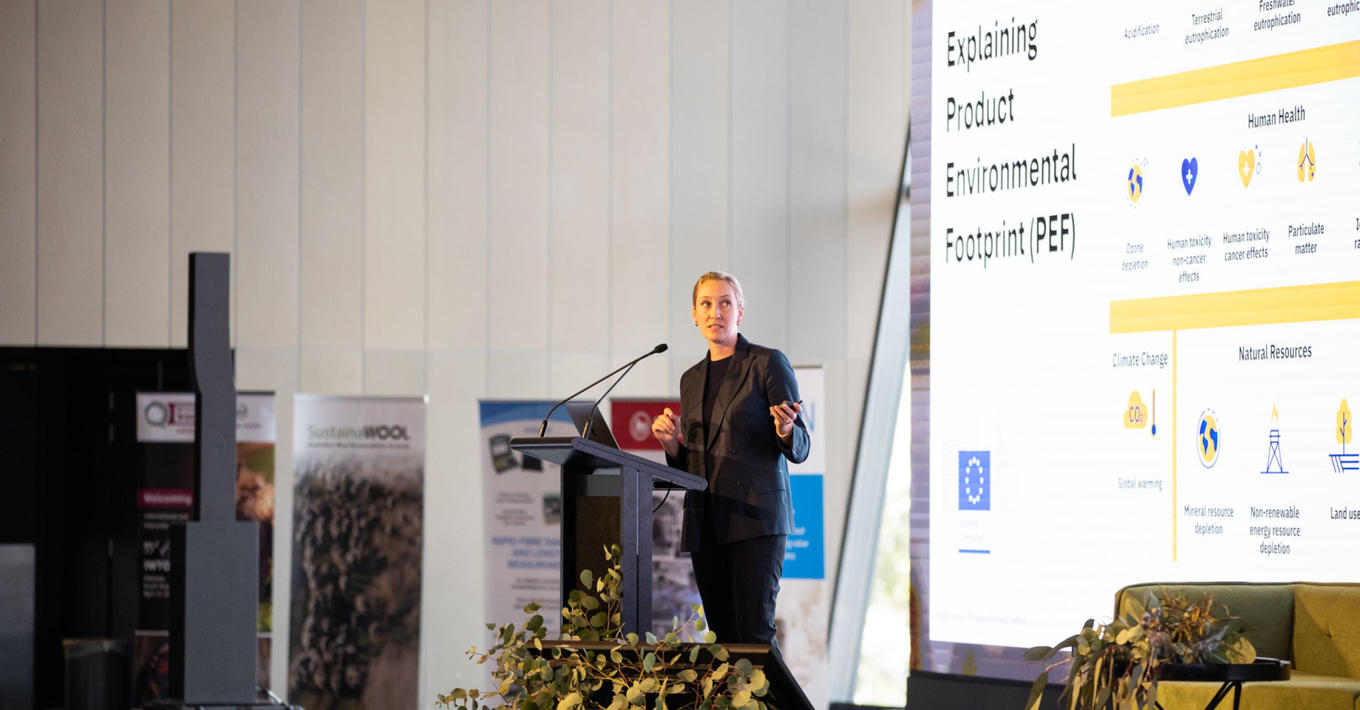
Turning around Europe’s environmental standards to properly account for natural fibres
New and influential standards to measure product sustainability risk overlooking the benefits of natural fibres, though a concerted advocacy programme is under way to ensure the advantages of wool and other commodities are properly recognised.
Emma Gittoes Bunting, Australian Wool Innovation Global Sustainability Manager, is a member of Make the Label Count, a coalition of natural fibre interests working to assist the European Union to refine its new regulations, which are set for introduction in the next few years. She presented at the recent IWTO global conference in Adelaide.
Make the Label Count comprises international wool organisations, including The Campaign for Wool and the IWTO, alongside similar groups representing cotton, mohair, alpaca, silk, hemp, and others encompassing multiple natural fibres.
“Providing a measure of environmental performance to enable brands and manufacturers to identify potential improvements, and to assist consumers to make sound purchasing choices, these regulations will set stricter criteria around the measurement of environmental impacts, taking into consideration all aspects of the supply chain.
“Several different product categories are in development by the EU. Make the Label Count is focused on the apparel and footwear category.
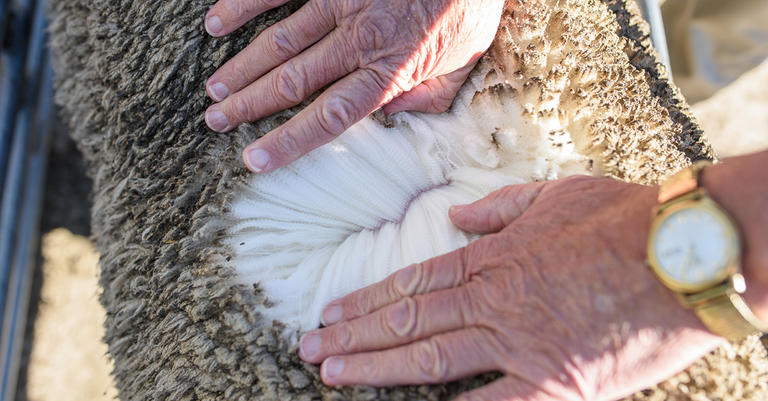
“We are concerned that the Product Environmental Footprint (PEF), the tool the EU is developing to measure the environmental footprint of apparel and footwear products, will minimise the environmental credentials of wool and other natural fibres. We have been developing relationships with the relevant decision makers, and stating the case for the producers of the commodities we represent, to provide a positive way forward for our growers and producers, as well as for the environment,” says Emma.
Following the principle of a Life Cycle Assessment (LCA), PEF attempts to quantify the environmental impacts over the entire life cycle of products, from production, through ongoing use and to disposal, including emissions to water, air, and soil, resource use and depletion, and the impact of land and water usage, among other criteria. However, key negative impacts of synthetic fibres are missing from PEF, causing a bias when comparing apparel and footwear products.
Emma says that PEF aims to compare like with like products. However, apparel and footwear is the first product category the EU has encountered that includes both products made from natural and from fossil fuel raw materials.
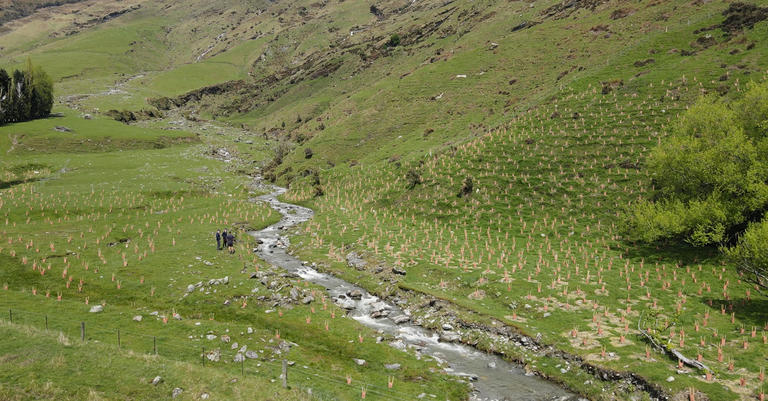
“These comparisons are not equitable because the impacts of forming natural fibres on a farm are counted, while the impacts of forming oil and other fossil fuels are not. Similarly, on a farm, natural fibres are part of a living system, including emissions of carbon to the atmosphere, which are counted in PEF, though also part of the system removal and sequestration of atmospheric carbon into the farm’s vegetation and soil, which is not counted.
“We need to ensure all relevant criteria are considered, particularly the key environmental impacts of synthetic materials, including microplastics and plastic waste, as well as the concepts of circularity, to prioritise products or resources that are renewable and biodegradable, rather than products made from finite resources that are discarded to waste. Natural fibres score well measured according to those standards, synthetics less so.
Emma says sustainability is a key driver of EU policy development, particularly through the global leadership role Europe has taken to address climate change.
“The issues with PEF reflect the increasing importance of an accurate environmental assessment and the provision of clear information to consumers. Due to the growth of ‘fast fashion’ the global supply of textiles is a major source of emissions and resource use, driving the apparel and footwear sector to increasing reliance on fossil feedstocks to supply synthetic fibres. Brands and consumers therefore need to be urged away from increasingly unsustainable consumption patterns. The regulations in the EU are likely to influence similar establishment of standards elsewhere in the world, directing the textile sector towards more sustainable production and consumption.
“Unfortunately, brand dominated and self-governed definitions of sustainability mean greenwashing is rife in the fashion industry. Retail has written the rule book, which is clearly not working. Regulation and clear language around sustainability is required for consumers. If we can work with the EU to get this right, the long-term environmental outcomes will be much more assured, from which producers of natural fibres have the most to gain,” says Emma.

